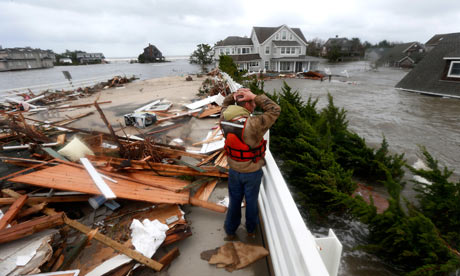 |
Chennai After Heavy Rain |
India suffered a $3 billion loss to its economy from severe rainfall and flooding in November and early December, the company said in its monthly report on global catastrophes.
A Wall Street Journal report stated that wildfires in Indonesia in January cost the Southeast Asian economy $14 billion, thus making it the most costly natural disaster of 2015.
Aon's recent report stated global catastrophe losses in October are expected to top 10 billion. Record 22 global tropical cyclones have now developed in the Northern Hemisphere in 2015.
As far as the recent rain and flood in Tamil Nadu, especially in Chennai, Aon Benfield's estimate is that 400 people would have died after rainfall lashed India's southern coast and parts of Sri Lanka. More than 100,000 structures were damaged as a result of inundation across the two nations.
General Insurance Corporation reported insurance claims of around $300 million (approximately Rs 2,010 crore), Aon Benfield added, which is the global reinsurance intermediary and capital advisor of Aon plc.
This flood is considered to be the most expensive floods of 2015.
"New economic developments in Asia are taking place in flood plains and marsh lands with scant attention to drainage, thus increasing run-off and flooding," Adityam Krovvidi, head of impact forecasting, Asia Pacific, at Aon Benfield, said in a statement, which was reported by Reuters.
"The 100-year rainfall event in Chennai exposed the inherent weakness of the one-dimensional nature of this economic pursuit."
In October the flood in Southeast US, Mid-Atlantic would have resulted in an economic loss of $2 billion while the three floods in China whave resulted in estimated economic loss of $4.7 billion. The three floods hit China in June, March and July of 2015.
Estimated loss in factories and business is around Rs 15,000 crore, as per Assocham.














